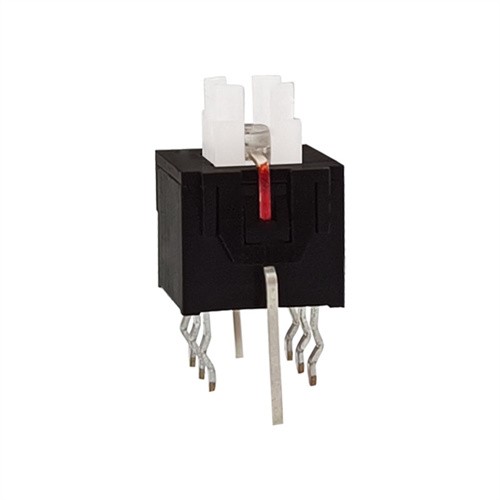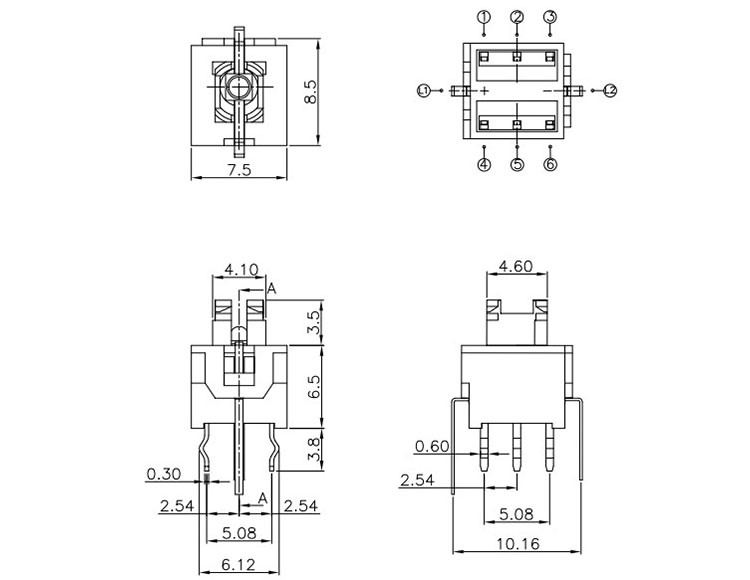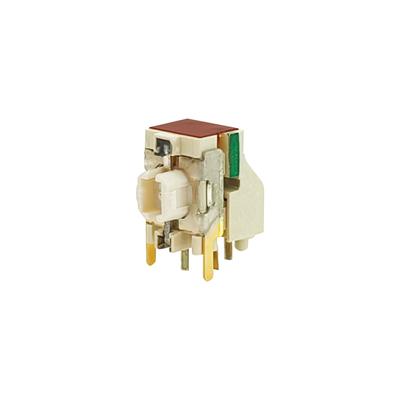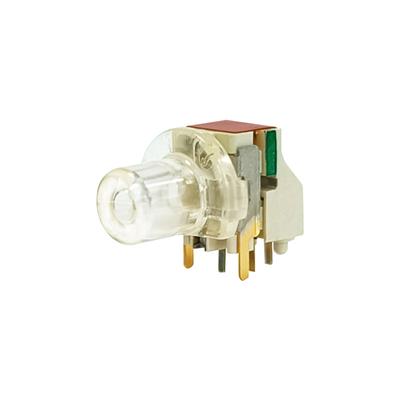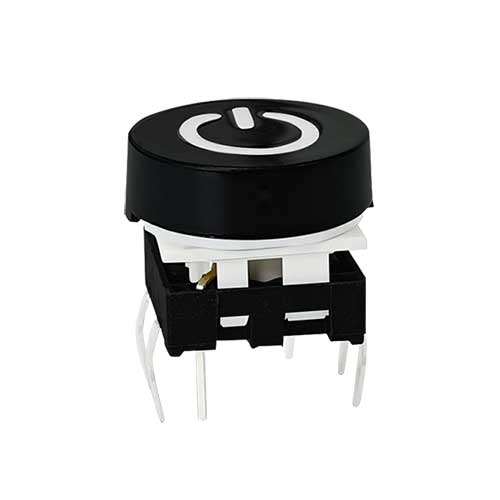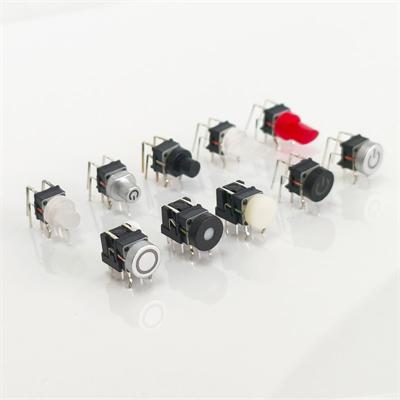Latched LED Tactile Switch
The 7.5x8.5mm Latched LED Tactile Switch is a high-quality switch that is built to last.
A tactile switch is a type of electronic component that is used to make or break electrical circuits. Tactile switches are characterized by their ability to provide tactile feedback when actuated. Typically, they have a small pushbutton that, when pressed, produces a distinct "click" or "snap" sound, which confirms that the switch has been actuated. This feedback is useful in many applications, such as keyboards, remote controls, gaming controllers, and other devices that require precise input from users.
The 7.5x8.5mm Latched LED Tactile Switch is a high-quality switch that is built to last. It is made of durable materials and features a compact and lightweight design. Some of the key features and specifications of this switch are discussed below:
latching Micro Led Tact Switches offer numerous benefits, including user-friendly operation, intuitive interface, versatility, space-saving design, energy efficiency, enhanced safety, long-term reliability, and customization options. These benefits make them ideal for a wide range of applications where reliable switching and visual feedback are essential.
Latching Embedded Led Tact Switches are highly versatile and can be used in a wide range of applications across various industries. From consumer electronics to automotive controls and industrial equipment, these switches offer flexible solutions for user interface and control systems.
A latching illuminated tact button switch operates through a combination of mechanical and electrical mechanisms. Here's a detailed explanation of how it works:
PRODUCT CATEGORY
Illuminated Tactile switches, button switches, toggle switches, rocker switches, slide switches, microswitches, sockets and connectors, as well as hardware stamping and plastic injection.
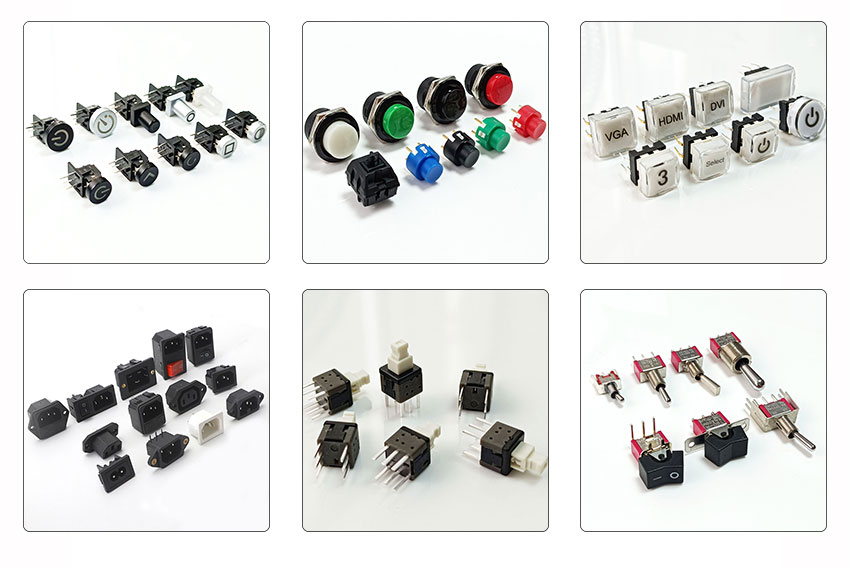
INQUIRY
CATEGORIES
LATEST NEWS
CONTACT US
Contact: Bella
Phone: 15999819066
E-mail: rucoe@rucoe.com
Whatsapp:+86-15999819066
Add: Taoyuan Street, Nanshan, Shenzhen
